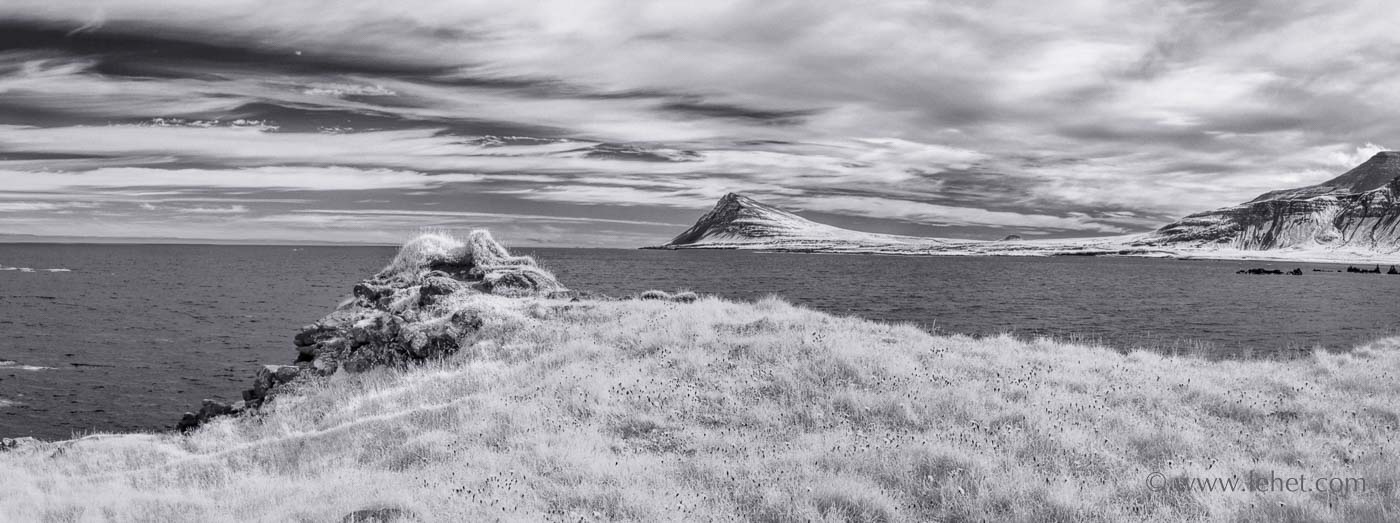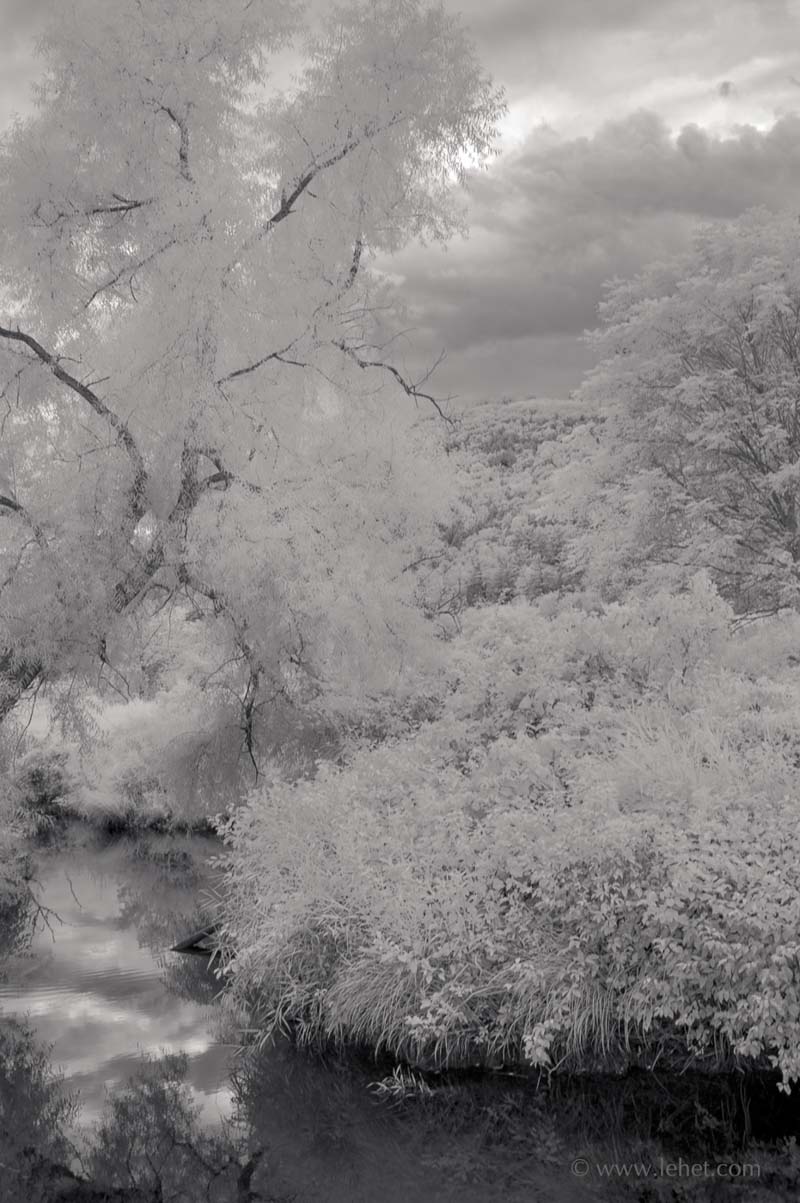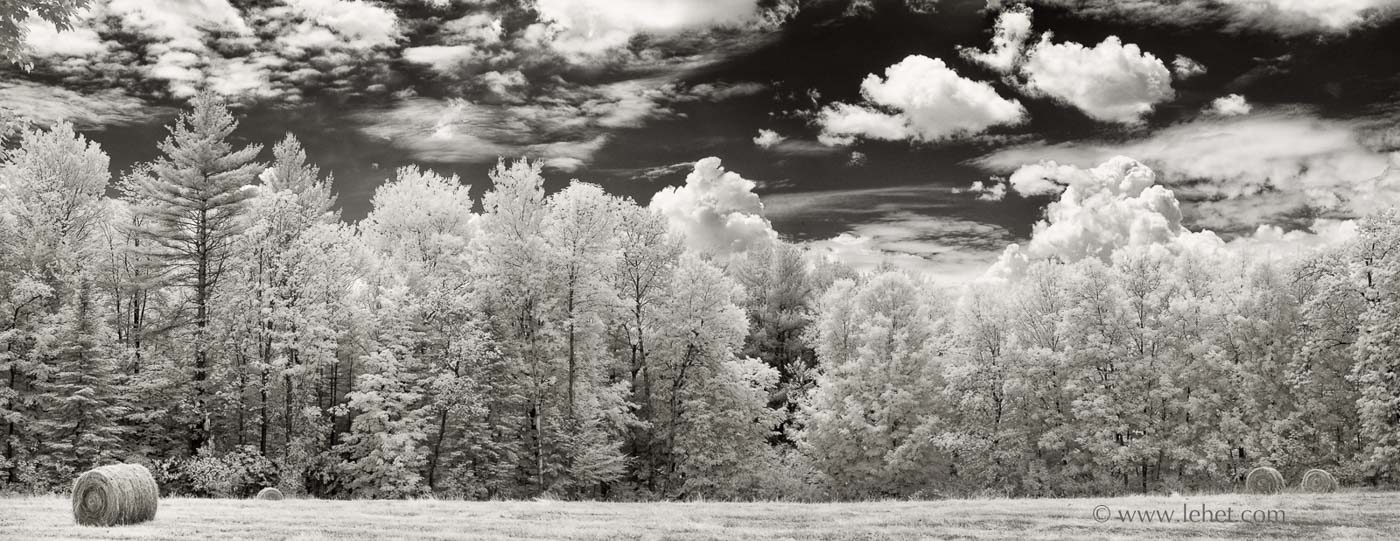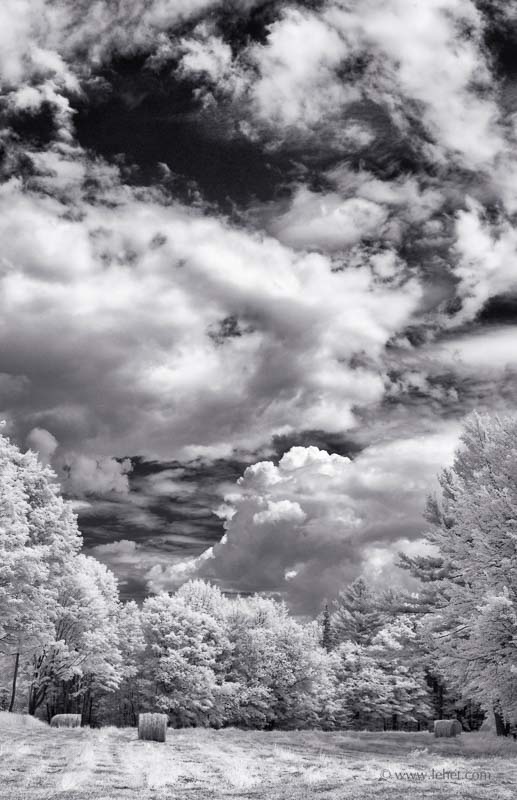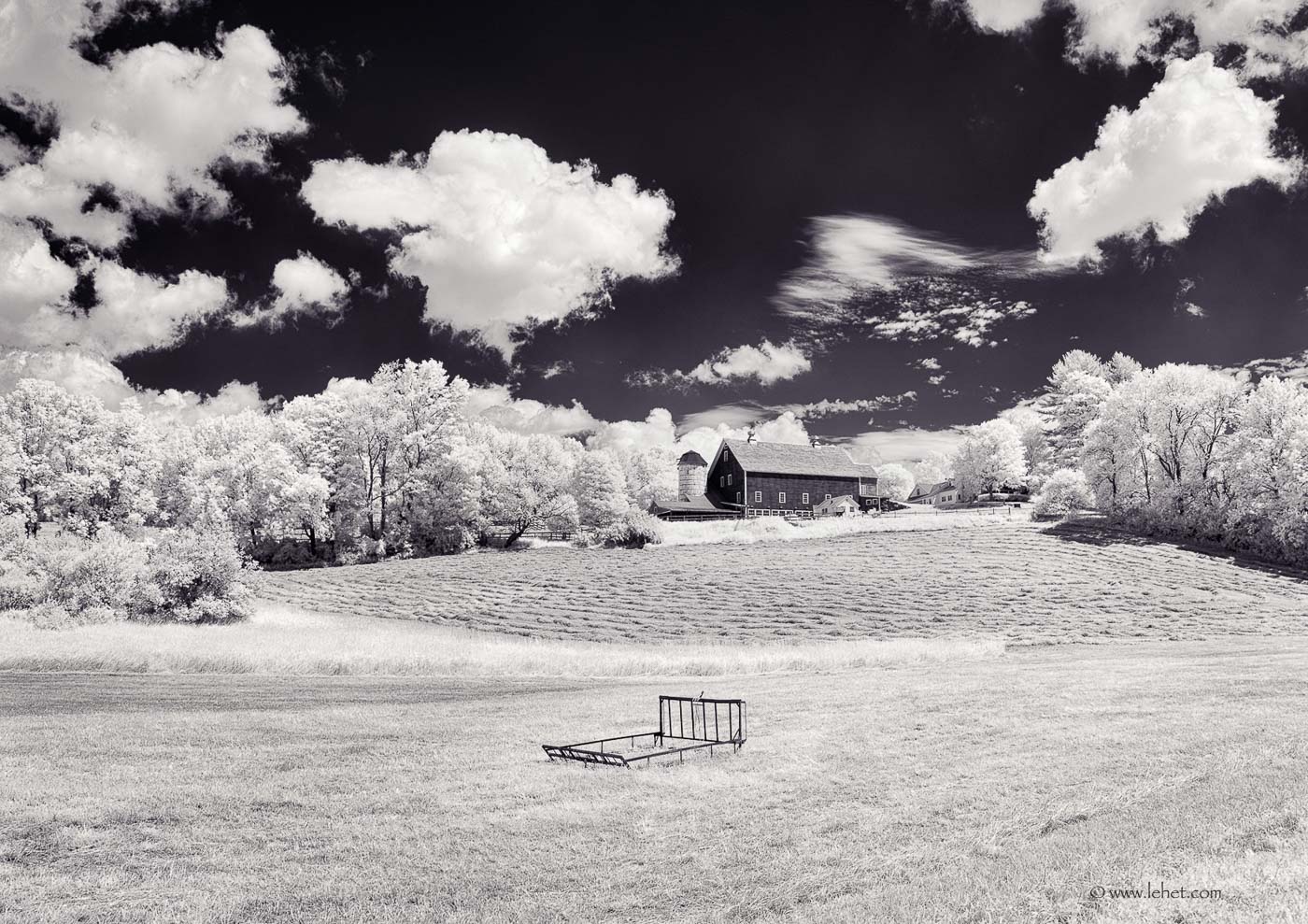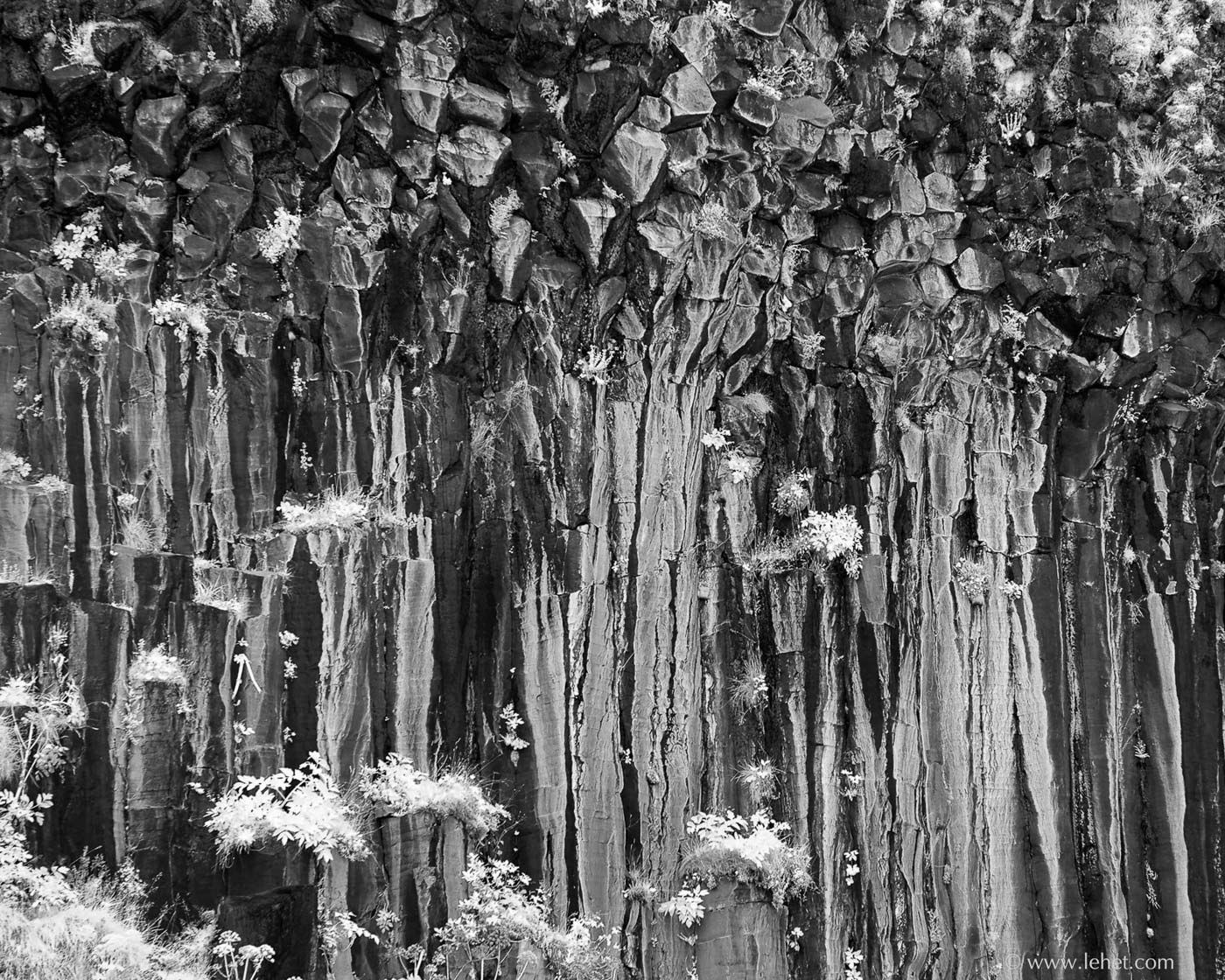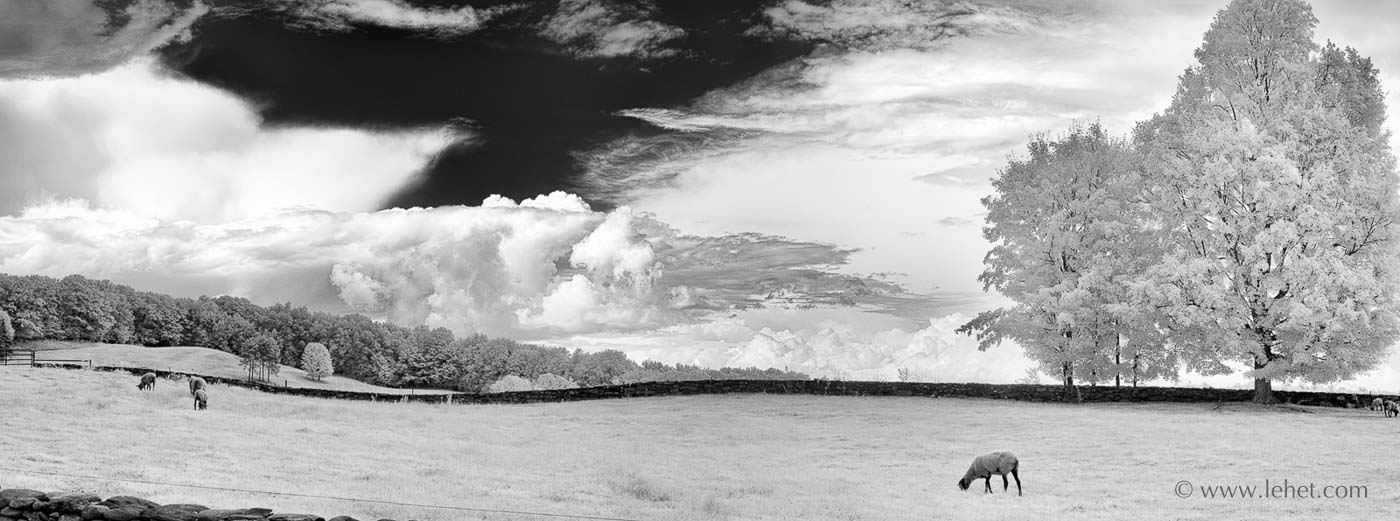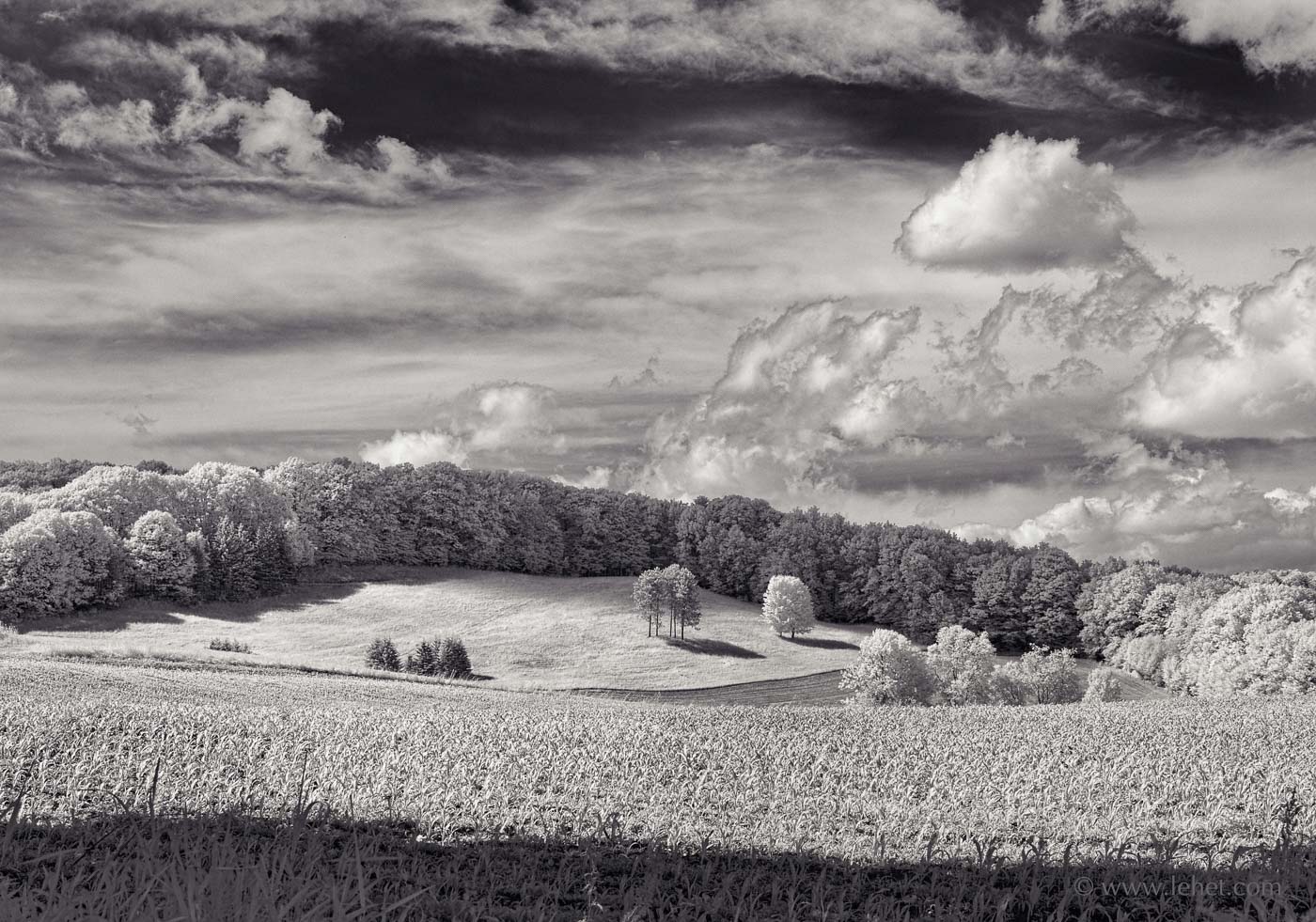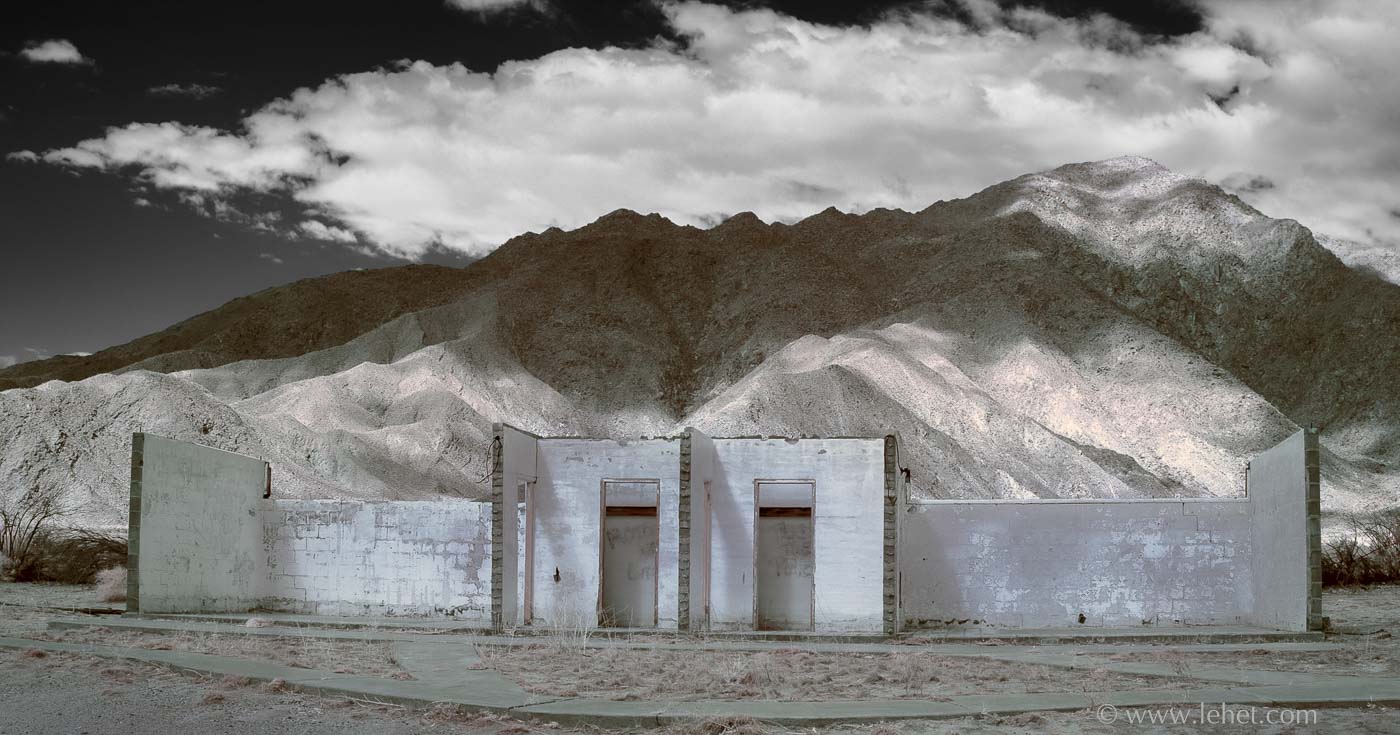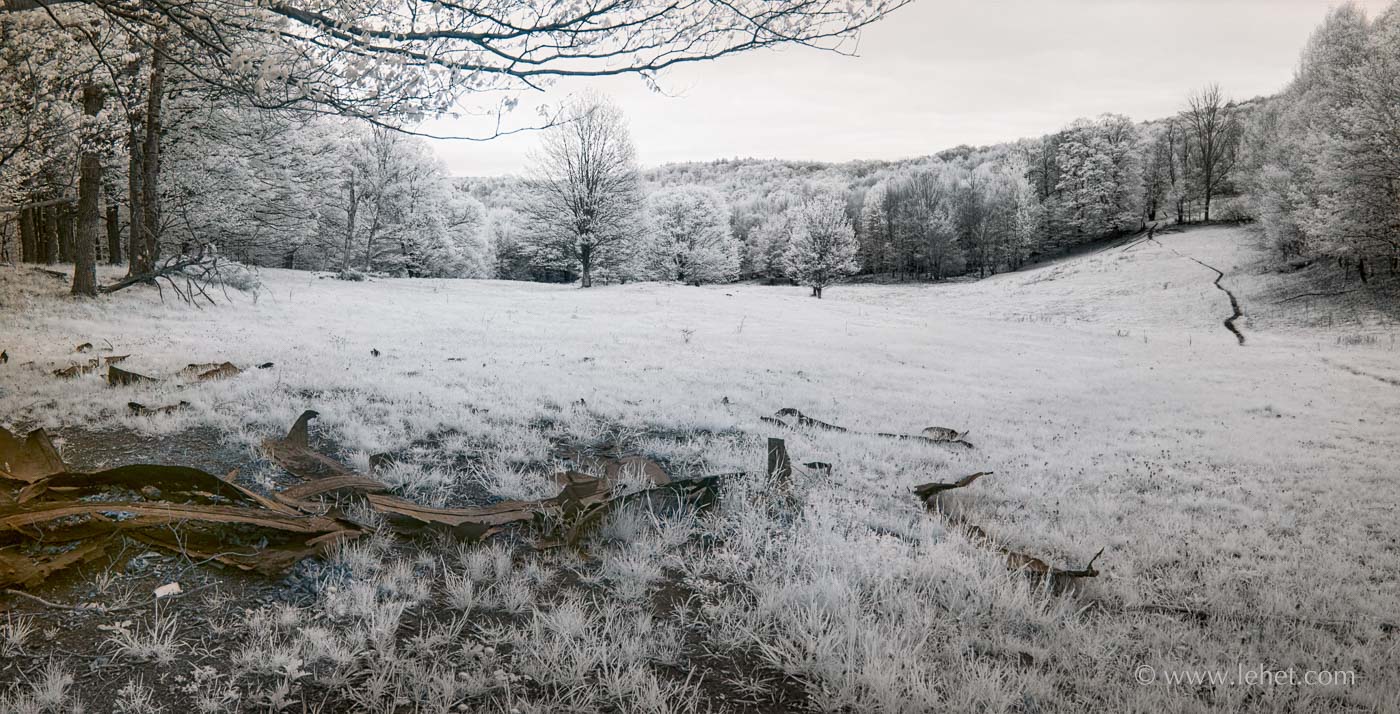
Maybe the best aspect of photography is saying YES to phenomenon and experience.
When I had to carry around sheet film, a limited supply of expensive stuff that then required time in the darkroom to process each sheet, it was a big commitment to say Yes to an exposure. There was pleasure, but also some torture in the decision. I figured that every hour I spent with the view camera meant several hours in the darkroom. Yes came with a high cost. A paradox of Yes is that in the physical sense, in the relative world, it is so often tied with a flip side that is a burden. Say yes to an ice cream cone, and you carry some extra fat on your waist. But then Yes on a mental level, yes to our life and experience, is liberation. Funny those two sides.
Easy or hard, It’s good to say yes to experience, to phenomena, whatever side of any spectrum it falls on. The world isn’t always pretty, our experience isn’t always happy. But the funny thing is that when we look closely at it and accept it, it’s interesting. It’s amazing. That Yes helps us get close to the core of our experience, our actual life, this actual world. The opposite is rejecting our experience, our situation, our world. It is like death creeping into our life. So I think even old age (or at least middle age as I can see from here) could have the bouncing wonder of a young child if we can stop rejecting what is, and say yes to it.
I don’t mean this to advocate tossing aside all discrimination. It’s part of the paradox. Connecting with the world and experiencing it profoundly requires not being aggressive toward it and rejecting it, but going hand in hand with that YES is increasing discrimination. The more deeply we go into experience the more important that discrimination is. Lugging that big box of sheet film holders was good for me as a photographer, even if there was less Yes. A very odd paradox.
It’s a blessing to see whatever is, to take it in and accept it without aggression or wishing the world were otherwise. But then we don’t want to eat a scorpion or walk in front of a bus, pick a fight. Tricky business.
So now with digital photography we can all say Yes all the time, which is nice, but at the price of less cultivation of our discernment. We still get to work on it. There are levels of it beyond the initial exposure. What do we keep? What do we show? What to print? (I’m thinking of this image for my upcoming show on Impermanence.)
I took some months to get to Yes with this photo to publish it, but I’m glad I’m here now.
